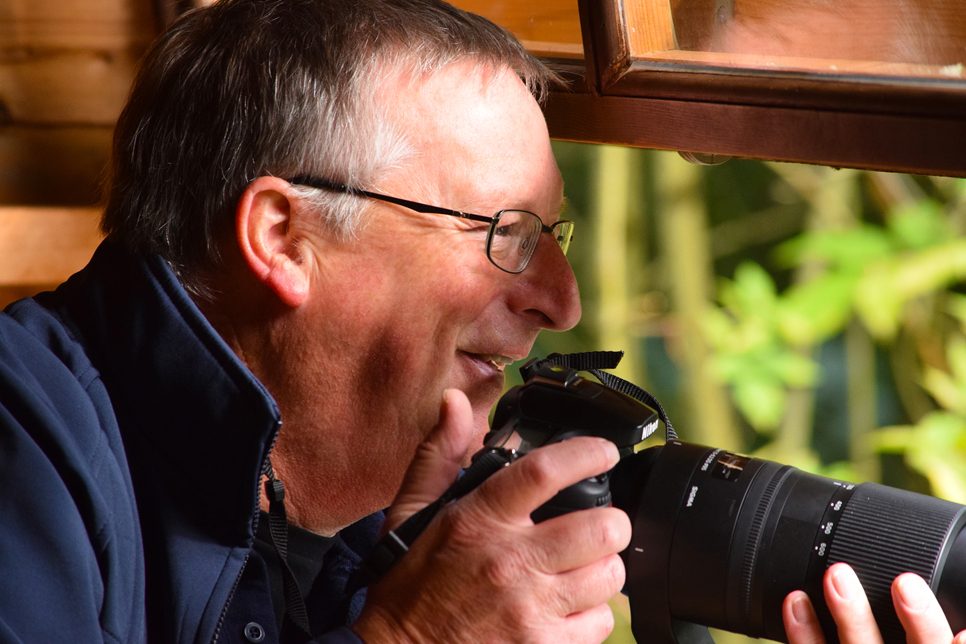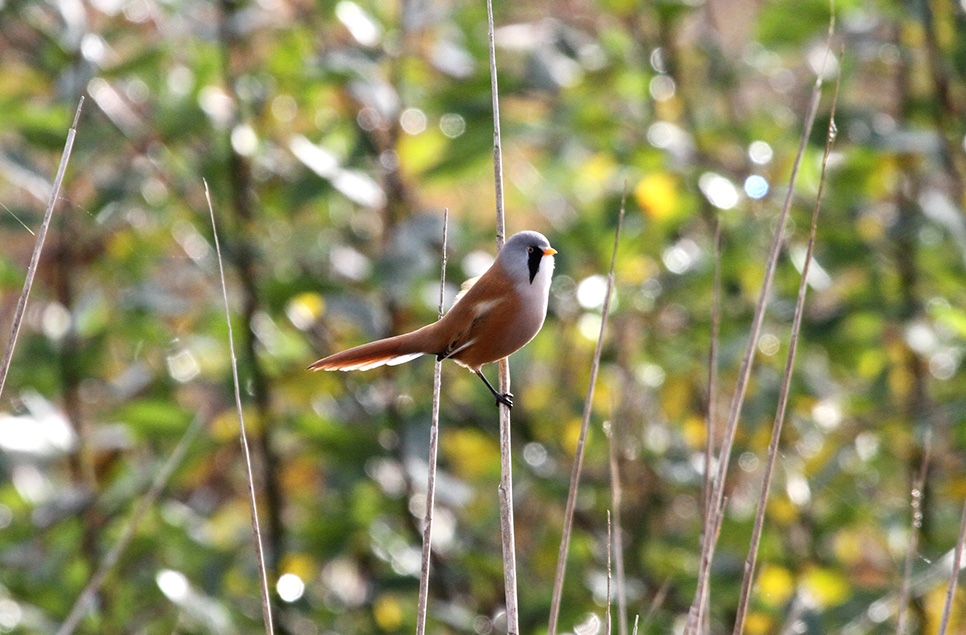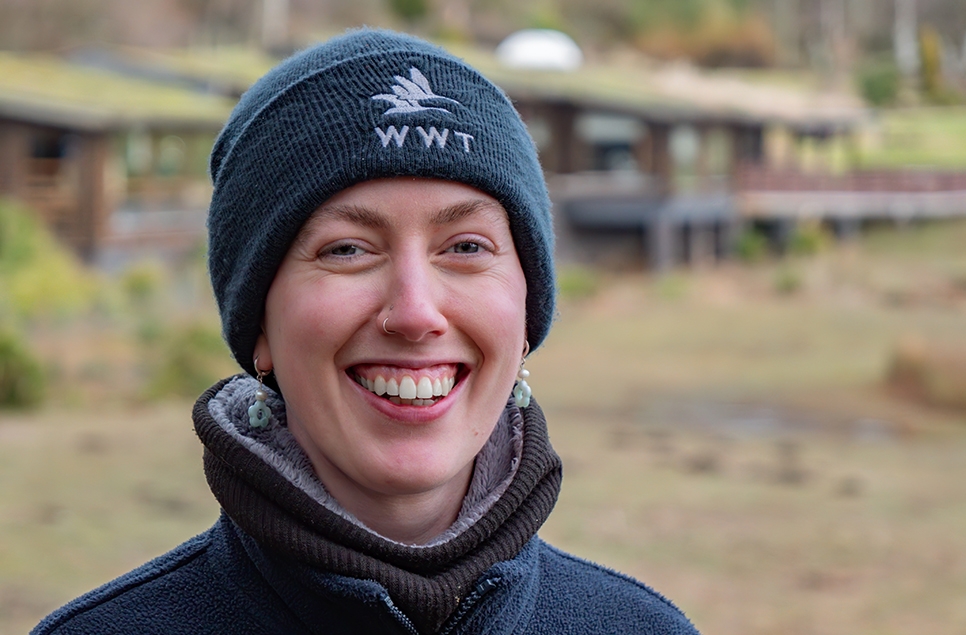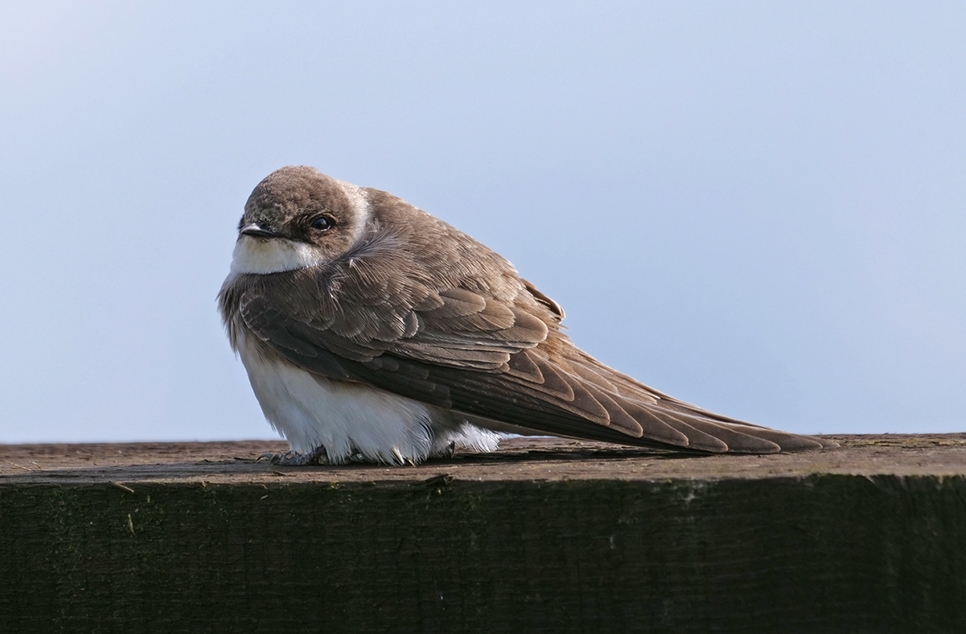The latest goings on from our wildlife reserve...
Read on for the latest information from our reserve manager John Gowland about what's happening out on our wildlife reserve...
Wader Lake: After the unseasonal summer weather and gull predation, I am pleased to confirm that two of our four avocet pairs have managed to fledge chicks this year. One pair raised two chicks and the other pair one chick. The young have been spotted testing their flying skills across the lake and it’s a great thing to watch.

The common tern breeding colony reached a maximum of 82 pairs; a little down on last year but still an impressive number for this species outside of their stronghold of the Tees Marshes. The flash flooding at the end of June had an impact on the colony and at least 20 birds failed in their nesting attempt. Despite this, more than 30 chicks have fledged so far this year, with approximately 20 young still due to fledge from the island.
It’s been a bit of a disappointing year for the breeding shelduck on site. Due to the underground nesting habits of this species, a lot of broods failed to hatch because of the wet weather. Only four pairs successfully raised approximately 15-20 young between them.
Other fledged birds on site: A pair of oystercatcher has raised three chicks at the back of the bird collection exhibits and a second pair has raised two on Wader Lake. The young have been seen on the saline lagoon. Barn owl have also succeeded in raising two young, which is a first for many years to be recorded at WWT Washington. Nuthatch, great-spotted woodpecker, willow tit, reed warbler, common whitethroat, blackcap and bullfinch have also fledged young on site.
Saline lagoon: The recent flash flooding has washed parts of the new path away. As well as fixing the path, other tasks still to be completed include constructing the public access gates, allowing our visitors to enjoy the new lagoon and its wildlife once it’s open.

Fish are now entering the lagoon at high tide, giving the common tern, grey herons and cormorants the opportunity to catch a meal. The wildflower/seed mix is growing well thanks to the heavy rain and has already transformed the edges of the lagoon from muddy soil to a light grassy covering. A roe deer and her fawn have also been noted on the edge of the river reedbed at the bottom of the lagoon - a first for the site!



